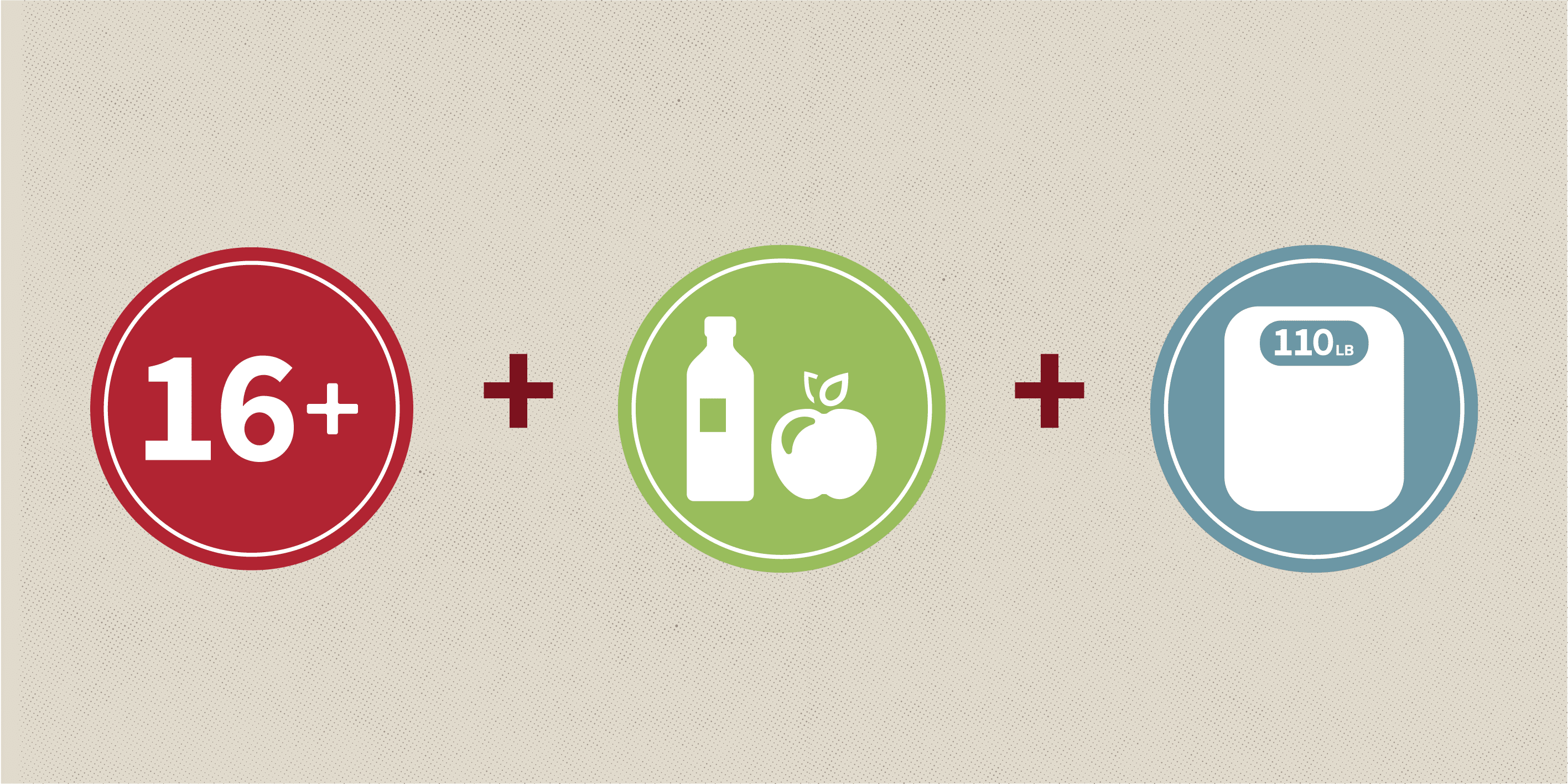
Three Percent: A Winning Play—Turn Super Bowl Energy into Lifesaving Power
A Game-Changing Opportunity for Blood Donations
The Super Bowl isn’t just about football—it’s about passion, unity, and the thrill of coming together for something bigger than ourselves. Now, imagine if that same energy could be harnessed to save lives, with just three percent of the population donating blood to make a life-saving impact.
More than 73,000 fans, plus players, staff and media personnel, will pack the Caesars Superdome in New Orleans on game night. What if every single one of them donated blood? With only three percent of eligible people in the United States donating each year, the impact of a stadium full of donors would be an audible that could save over 225,000 lives across America this year!
Only Three Percent of Eligible Donors Are Meeting the Need
Blood Donation has a profound impact on communities, as a single pint of blood has the ability to save three lives. Every two seconds someone in the country needs a blood transfusion. This could be a trauma patient, a tiny baby fighting for life in the NICU or someone giving their all to beat cancer.
Why Only Three Percent Contribute Each Year
Blood donation is essential for saving lives, yet many eligible donors are not giving back—only three percent of eligible people donate blood annually. A contributing factor to this low participation rate is the misconceptions about the donation process and the belief that others will donate. Blood cannot be manufactured, so hospitals are forced to rely on the small percentage of donors who step up every year to keep up with the demand. This low percentage is a growing concern, especially during the winter months when donation rates typically drop.
Be a Playmaker
Take a moment to reflect on how you can give back. Blood donations are always in demand, but certain blood types are especially needed. O-negative blood is the universal donor type, meaning it can be given to anyone in emergencies. Meanwhile, Type O, A, and B donors are also crucial to maintaining a stable blood supply.
Donating blood is a simple yet powerful way to become the MVP by saving lives in your community. The process is quick, easy, and can make a lasting impact on patients in need. Here’s how you can donate and the types of blood that are most in demand.
How to Donate
- Check Your Eligibility
- To donate, you must be in good health, at least 16 years old (with parental consent if under 18), and weigh a minimum of 110 pounds. Certain medical conditions and medications may affect eligibility, so it’s always a good idea to check with your local blood donation center.
- Prepare for Your Donation
- Staying hydrated and eating a healthy meal before donating can help prevent dizziness and make the process smoother. Avoid caffeine and fatty foods beforehand, as they can affect your blood test results.
The Donation Process
- Registration: You’ll fill out a quick form with your basic information and answer a few health-related questions.
- Health Screening: A technician will check your vitals, including blood pressure and iron levels, to ensure you’re ready to donate.
- Blood Collection: The actual blood donation takes about 8-10 minutes for whole blood. Other types of donations, such as platelet or plasma donations, will take longer.
- Recovery: After donating, you’ll rest for a few minutes and enjoy a snack to help replenish your energy.
Types of Blood Donations
- Whole Blood Donation: The is the most common type of donation, where a pint of blood is collected and later separated into red blood cells, plasma, and platelets to help multiple patients.
- Platelet Donation: Platelets are crucial for cancer patients and those undergoing major surgeries. This type of donation takes longer but has a significant impact.
- Plasma Donation: Plasma helps patients with clotting disorders, severe burns, and immune deficiencies.
- Double Red Cell Donation: This method allows donors to give a more concentrated donation of red blood cells in a single session, which is especially needed for trauma and surgery patients.
This Super Bowl Sunday, consider making an impact beyond cheering on your favorite team. Donate blood and give someone the gift of life. Donate at the nearest Community Blood Center or Bloodmobile!


